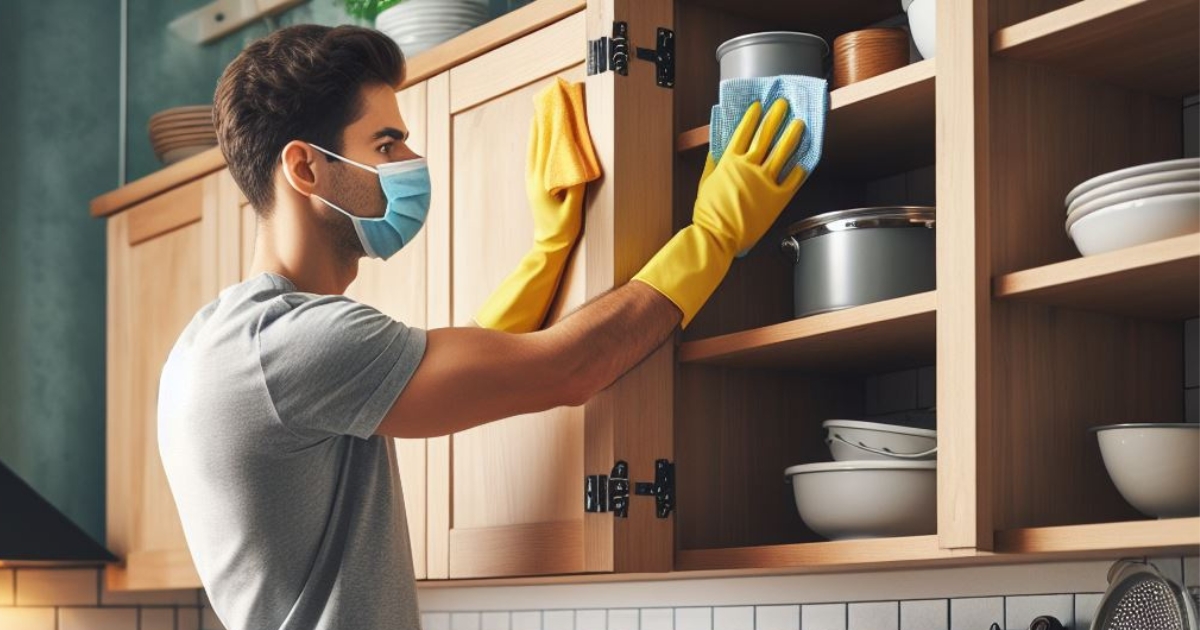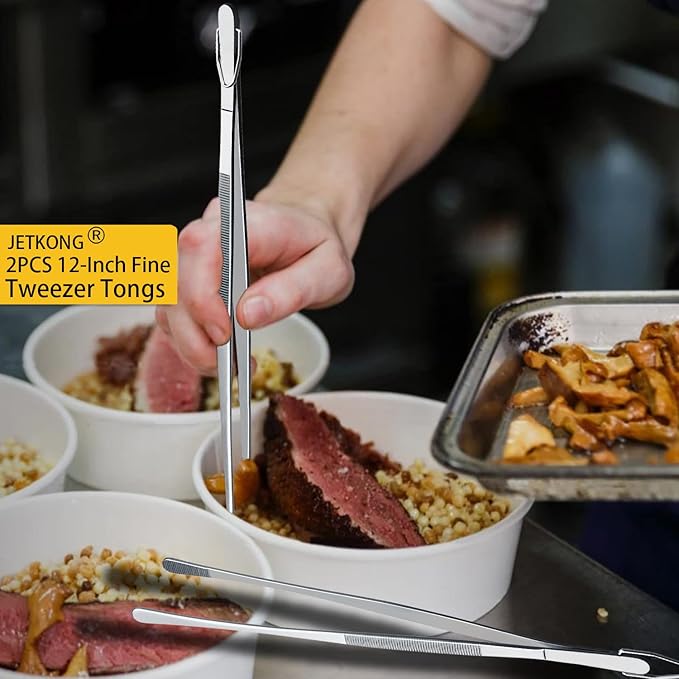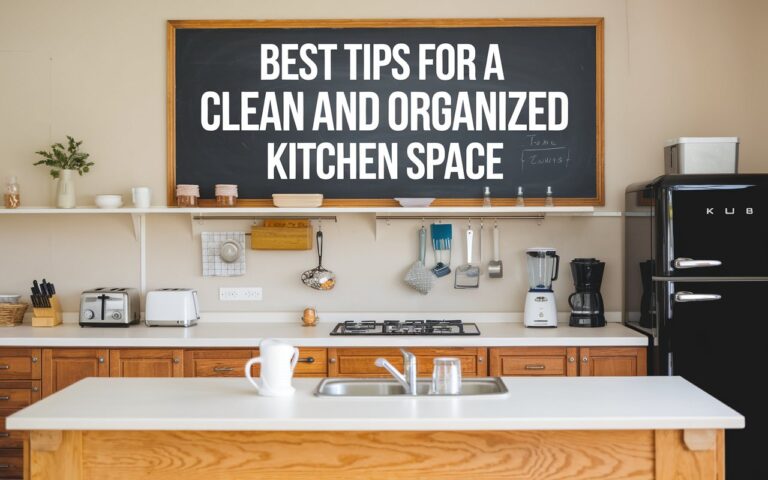To remove kitchen cabinets, first, remove shelves, drawers, and fixtures. Next, unscrew the wall and side screws and lift the cabinets out.
When renovating your kitchen, one task that may be necessary is removing kitchen cabinets. Whether you are updating your kitchen layout, replacing the cabinets, or preparing for a new design, knowing how to remove kitchen cabinets properly is essential.
By following a few simple steps, you can efficiently remove the cabinets without causing damage to your walls or cabinets themselves.
This guide will walk you through the process of safely and effectively removing kitchen cabinets for a successful kitchen renovation project.

Necessary Tools
Before you begin removing your kitchen cabinets, make sure you have the correct tools at hand. Having the right tools will make the process smoother and more efficient. Below is a list of all the necessary tools you’ll need for this project:
Tools List
Describing The Tools
- Electric Screwdriver: An electric screwdriver will help you remove screws quickly and easily.
- Pry Bar: Use a pry bar to gently loosen cabinets without damaging them or the walls.
- Tape Measure: Measure the dimensions accurately for precise cabinet removal.
- Hammer: A hammer will come in handy for tapping and nudging cabinets.
Read more blogs: How to Separate Your Kitchen and Living Room in a Small Apartment
Step 1: Preparation
To remove kitchen cabinets, start by removing the shelves, drawers, and toe kick plate. Then, unscrew the side and wall screws before lifting the cabinets out. Be sure to cut away any caulk and detach the sink and dishwasher to prevent damage.
Clearing The Cabinets
Before starting the removal process, ensure all items are cleared from inside the cabinets.
Disconnecting Utilities
Shut off and disconnect all utilities such as water and electricity before proceeding.
Step 2: Removing Lower Cabinets
When it comes to the second step of removing kitchen cabinets, the focus shifts to the lower cabinets. This process involves several key tasks to be carried out meticulously to ensure a safe and efficient removal. To achieve this, the following steps outline the dismantling process required for lowering cabinets.
Removing Shelves And Drawers
- Begin by lifting the shelves off of the pins, carefully setting them aside for safekeeping.
- Follow by uninstalling any drawers present in the lower cabinets, ensuring all contents are removed beforehand for a smooth process.
Dismantling Kitchen Sink And Appliances
- To start, detach the kitchen sink carefully, ensuring all plumbing connections are disconnected and sealed to avoid leaks.
- Uninstall any lower appliances such as dishwashers, ensuring all electrical and water connections are safely disconnected beforehand.
Step 3: Removing Upper Cabinets
When removing upper kitchen cabinets, start by disconnecting all attachments to the wall and carefully lifting the cabinets off the mounting brackets. It’s crucial to take your time and work methodically to avoid damaging the surrounding area and ensure a smooth removal process.
Loosening Screws And Brackets
To begin removing the upper cabinets, you’ll need to first loosen the screws and brackets that are holding them in place. Start by locating the screws that are securing the cabinets to the walls.
These screws are typically found inside the cabinets, near the top. Use a screwdriver or drill to carefully unscrew these screws, taking care not to strip the screws or damage the surrounding area.
If the screws are difficult to remove, you can try using a lubricant to loosen them. In addition to the screws, there may also be brackets or clips attached to the cabinets.
These brackets and clips help support the weight of the cabinets and keep them securely in place. Look for any visible brackets or clips and use a screwdriver or pliers to remove them.
Lifting And Safely Detaching Cabinets
Once the screws and brackets are loosened or removed, it’s time to lift and safely detach the cabinets. It’s important to have an extra set of hands to help you with this step, as upper cabinets can be heavy and awkward to handle on your own.
Start by carefully lifting the cabinet from the bottom, using your legs to support the weight. Slowly and steadily lift the cabinet, keeping it level to prevent any items inside from shifting or falling out. If necessary, have your partner hold onto the cabinet while you remove any remaining screws or brackets.
Once all screws and brackets are removed, continue to lift the cabinet away from the wall. If you’re unable to lift the cabinet directly off the wall, you can use a crowbar or pry bar inserted between the cabinet and the wall to help you leverage it away.
Just be cautious not to damage the wall or surrounding surfaces in the process. Repeat this process for each upper cabinet until all cabinets are safely removed.
To summarize, the process of removing upper cabinets involves loosening screws and brackets, and then lifting and safely detaching the cabinets.
With a steady hand and the help of a partner, you can successfully remove your kitchen cabinets without causing any damage.

Frequently Asked Questions For How To Remove Kitchen Cabinets
How Do You Remove Kitchen Cabinets From The Base?
To remove kitchen cabinets from the base, start by removing shelves, drawers, sink, and toe kick plate. Then, unscrew side and wall screws before lifting cabinets out.
Is It Easy To Remove Kitchen Cabinets?
Removing kitchen cabinets requires locating and removing screws holding them to the wall; brace cabinets and have assistance to lower them safely.
How Do You Remove Old Kitchen Cabinets Without Damaging Them?
To remove old kitchen cabinets without damaging them, gently pry them away from the wall using a pry bar and support the weight. If cabinets are glued, loosen them and support their weight as they are removed. Some wall repair may be necessary afterward.
How Do You Remove Kitchen Cabinets Without Damaging The Wall?
To remove kitchen cabinets without damaging the wall, follow these steps:
- Remove shelves, drawers, and any fixtures.
- Detach the sink, dishwasher, and other appliances.
- Cut away any caulk or adhesive holding the cabinets in place.
- Unscrew side screws and wall screws.
- Use a pry bar and block to gently pry down the cabinets and pull them away from the wall.
Conclusion
In removing kitchen cabinets, it’s crucial to follow the proper steps to avoid damage. By disassembling the fixtures, disconnecting water and electrical lines, and unscrewing the cabinets, you can ensure a smooth removal process. Prioritize safety and seek assistance when necessary.
With these tips, you can efficiently remove kitchen cabinets without causing any unnecessary harm.






